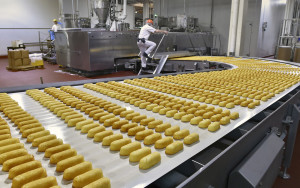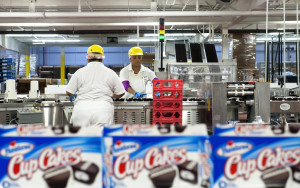This week, Hostess, the maker Twinkies and other iconic snacks including Ho Hos and Ding Dongs, announced it will go public three years after being brought out of liquidation. This is a fascinating come-back story for several reasons. In the last decade, Hostess struggled with debt, mismanagement, and escalating costs. The final straw was a strike by the baker’s union that forced Hostess to close its doors in 2012.
What ultimately rescued Hostess was its brand. In an interview with Forbes, Andy Jhawar, one of the investors who brought what was left of the company said he did so because “the brand awareness was unbelievable.” Jhawar went on to say that, “It’s not every day you have an opportunity to acquire a brand that is ubiquitous that had $1 billion in revenue before the bankruptcy and 80–plus years of legacy.” Based on the strength of the Hostess brand, private equity investors committed $660 million to buy and restore Hostess; the company is now valued at upwards of $2 billion. That is quite a healthy profit for a company that’s products are the complete opposite of today’s healthy-eating craze.
So how does a company like Hostess, with mature junk food products like Twinkies, Zingers, and Ho Hos intend to compete in a declining junk food market? By not changing a thing. According to the Wall Street Journal, Hostess is staying the course and will never “shy away from its indulgent nature.” Looking at its current marketing efforts, it certainly doesn’t look like Hostess is trying to reposition itself in the market, reinvent itself, or stave off decline. Other than introducing some new products such as Key Lime Slime Twinkies (in conjunction with Ghostbusters) and Deep Fried Twinkies, Hostess’ doesn’t seem to be doing any more or different marketing. It seems that just getting the product on the shelf is enough.
I’ll be following Hostess to see how this approach works. Is the Hostess brand strong enough, and are its products such a part of Americana that following an 86-year old strategy will continue to work? What do you think?



3 Responses to $2 Billion for Twinkies